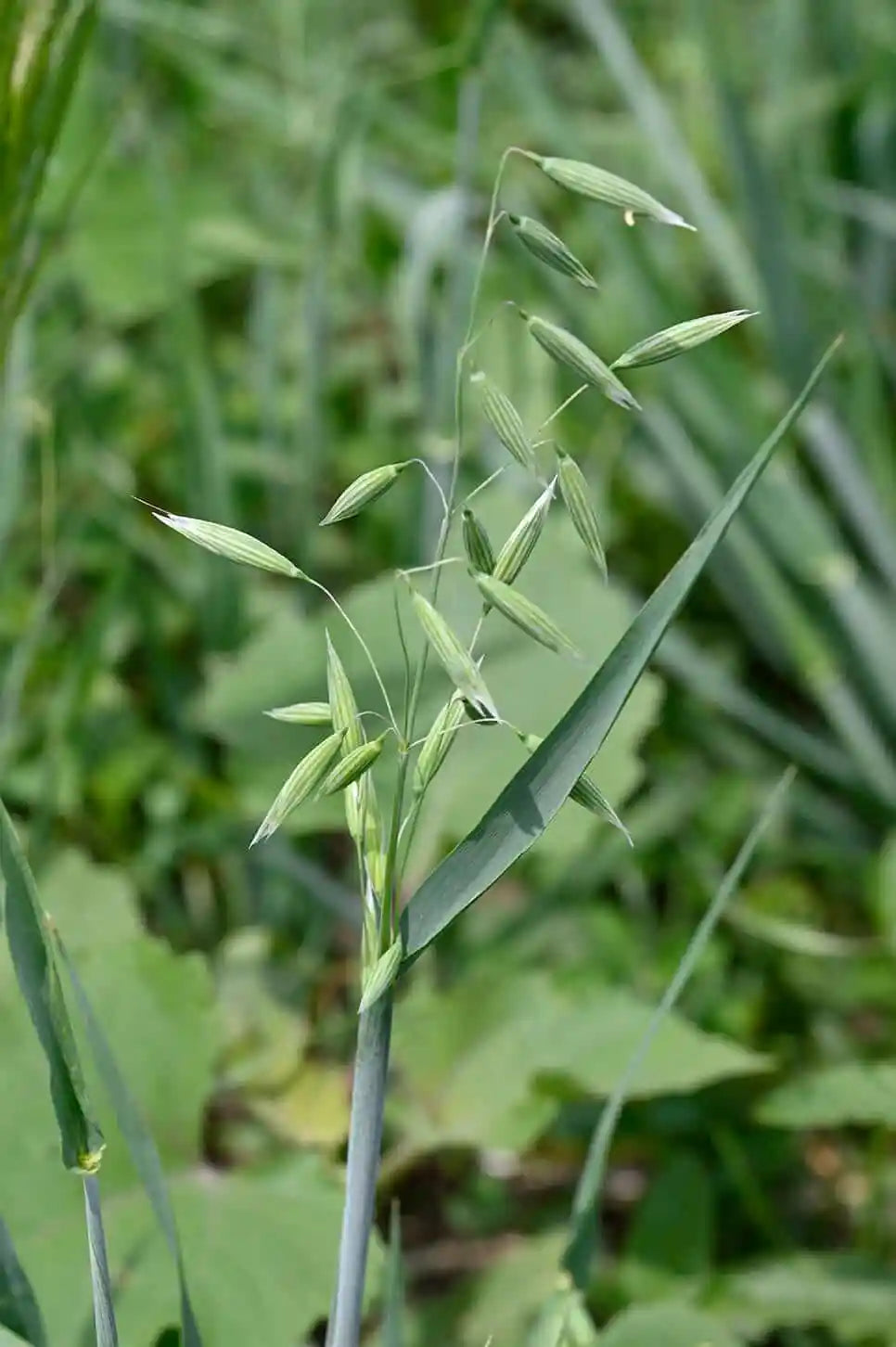THE IMPORTANCE OF SOIL HEALTH
For each 1 percent increase in soil organic matter (SOM) comes the capacity to store 20,000 gallons of water. As soil health improves, there is a drastic uptick in biodiversity both above and below the surface. A greater variety of grasses and plants are able to thrive throughout different seasons and temperatures, providing nutrient-dense food for livestock. And because healthy soil is better protected against erosion, there is less runoff to contaminate local water systems.
Conventional agriculture, which relies on overgrazing and chemical-heavy farming methods, degrades soil nutrient and carbon contents. According to the United Nations, the world’s topsoil is facing total degradation within the next six decades under current farming practices. By contrast, soil from properly managed grazing operations has the ability to store carbon and decrease greenhouse gas emissions that contribute to global warming.
Reducing atmospheric carbon dioxide is one of the most impactful measures that can be taken to lessen climate change. Grasslands, many of which are mismanaged and degraded, hold an estimated 20 percent of the world’s soil carbon stock. Regenerative agriculture techniques sequester carbon into the soil, helping to offset fossil fuels while benefiting both plant and animal productivity.











